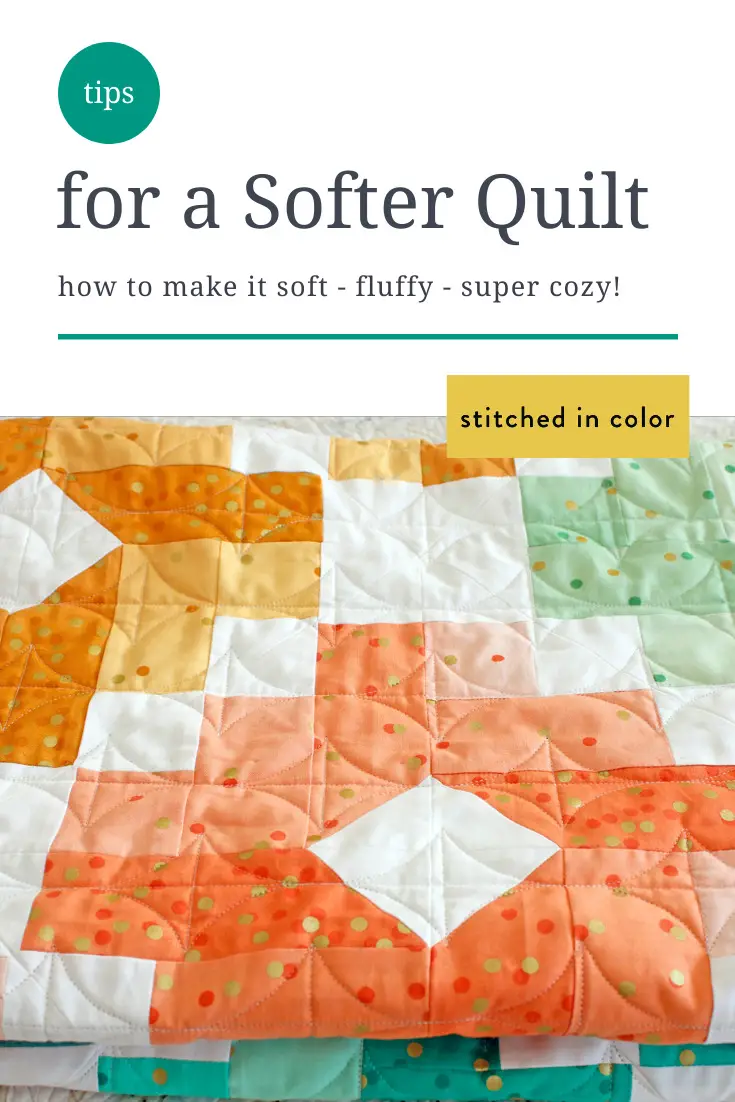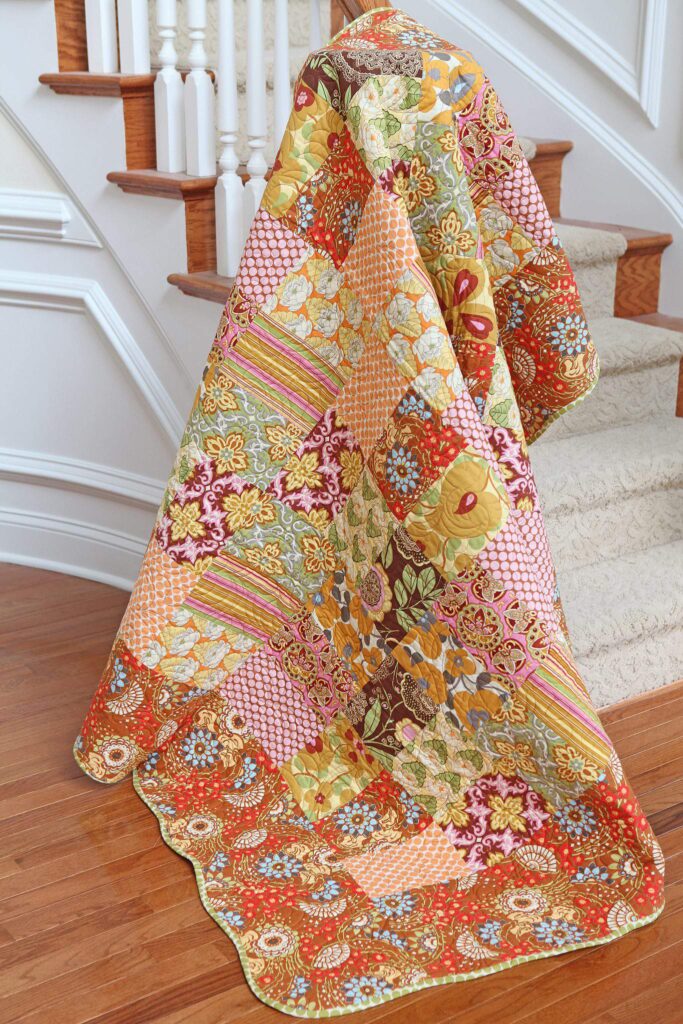Starting a quilt business can be a rewarding and profitable venture. Whether you’re an experienced quilter or a beginner, you may be wondering how to start a quilt business. This comprehensive guide provides step-by-step instructions on how to get your quilt business off the ground and running. You’ll learn how to craft a business plan, market your services, price your products, and more. With the right knowledge and dedication, you can make your quilt business a success.
What does a quilt shop business plan look like?

Outlining Your Business
Your quilt shop business plan should start with a clear mission statement, followed by a breakdown of the products and services you plan to offer, pricing and profitability expectations, and a timeline for reaching key milestones. Additionally, you should identify any potential partners or resources required to launch your business.
Market Analysis
A thorough market analysis is essential for launching any business, and quilt shops are no exception. Research the size, scope, and demographics of the quilting market in your area, and identify any potential competitors. This information will help you determine the feasibility of your business and the target customer base you should reach.
Revenue Model
Your quilt shop business plan should include a revenue model that outlines how you plan to generate income. Consider whether you will sell products or services, and how you will price them. Additionally, consider what payment methods you will accept, and whether you will offer discounts, loyalty programs, or other incentives.
Financing & Budgeting
Your business plan should include a detailed budget that outlines your financial needs, including start-up costs, inventory, and overhead. Additionally, you should explore potential funding sources and calculate how much financing you will need.
Marketing
A comprehensive marketing plan is essential for any business. Consider how you will reach your target customers and create awareness for your brand. Additionally, consider what channels and platforms you will use to promote your business, and create a budget for marketing and advertising efforts.
Operations & Logistics
Your quilt shop business plan should include a detailed outline of the operations and logistics you will use to run your business. Consider what technology you will need to manage orders, inventory, and customer accounts. Additionally, consider any vendors you will need to partner with to obtain materials, supplies, and other resources.
How to Run a Quilt Store Business

Website & Online Presence
Having a strong online presence is essential to running a successful quilt store business. You should create a website that reflects your brand and provides customers with the information they need. The website should include an online store where customers can purchase your products. Additionally, you should create social media accounts to help reach a larger audience and promote your business.
Design & Production
Design is a key part of running a successful quilt store business. You should develop unique designs that will stand out and attract customers. Once you have a design, you will need to produce the quilts. You can either do this in-house or outsource the production to a third-party.
Pricing & Promotions
Pricing is an important factor to consider when running a quilt store business. You should set prices that are competitive but still profitable. Additionally, you should develop promotional strategies to help drive sales and create brand awareness.
Customer Service
Providing excellent customer service is essential to running a successful quilt store business. You should strive to respond to customer inquiries quickly and provide helpful advice. You should also provide a satisfaction guarantee to boost customer loyalty and trust.
Outsourcing
Outsourcing certain tasks can help you save time and money when running a quilt store business. You can outsource tasks such as production, shipping, and customer service to third-party companies. This will allow you to focus on other aspects of your business while still providing high-quality products and services.
How to Begin a Quilt Business
Research & Development
Before starting a quilt business, it is important to do research and development. It is important to identify the target market and do research on the current trends in the quilt industry. Research should include potential customers, competition, pricing strategies, and the best materials, equipment, and techniques to use.
Business Structure
The next step is to decide on the business structure. The most common business structures are sole proprietorship, partnership, limited liability company (LLC), and corporation. Each structure has its own advantages and disadvantages, so it is important to evaluate which structure works best for the business.
Licenses & Permits
Depending on the state and local regulations, there may be licenses and permits required for operating a quilt business. It is important to research and obtain the necessary licenses and permits before starting a business.
Inventory
It is important to plan and purchase the inventory for a quilt business. It is important to purchase the right materials for the business, such as fabrics, batting, thread, and other supplies. The inventory should be organized and managed properly to ensure that the business has the right supplies at all times.
Frequently Asked Questions
What are the Steps Necessary to Start a Quilt Business?
1. Identify Your Niche: Decide what type of quilts you will be selling, such as handmade, vintage, or modern.
2. Create a Business Plan: Outline your business goals, cost of production, target market, and pricing strategy.
3. Source Materials: Research the type of fabric and thread you will need, as well as other supplies.
4. Establish a Brand: Create a logo and website to promote your quilt business.
5. Set Up a Workshop: Choose a space, such as your home or a rented location, to create and store your quilts.
6. Develop a Marketing Strategy: Promote your quilt business online and offline through social media, advertising, and word-of-mouth.
7. Sell Your Quilts: Offer your quilts for sale on your website, Etsy, and craft fairs.
What type of legal structure should I choose for my quilt business?
- Sole Proprietorship – A sole proprietorship is the easiest and least expensive way to start a business. It offers flexibility and you don’t need to register your business with the state. However, sole proprietors are personally liable for any debts or obligations incurred by their business.
- Partnership – Partnerships involve two or more people who share ownership of the business. Partners share profits, losses and responsibilities for the business. Each partner may be held personally liable for the business’ debts.
- Limited Liability Company (LLC) – An LLC provides limited liability for the owner and can be either a single-member or multi-member business. LLCs are more complex than sole proprietorships and partnerships and may require more paperwork. Additionally, some states require LLCs to pay an annual or biennial fee.
- Corporation – Corporations are more complex than other business structures and require a large amount of paperwork. Corporations are separate legal entities, meaning they can be held liable for their own debts and obligations. Owners of a corporation are not personally liable for the business’ debts.
The type of legal structure you choose for your quilt business should depend on the nature of your business, the number of owners, and the amount of personal liability you are willing to assume. Consider consulting with a lawyer or accountant to help you determine the most appropriate legal structure for your business.
What Costs Should I Anticipate When Starting a Quilt Business?
- Equipment – Sewing machines, cutting equipment, thread, fabric, batting, and other materials.
- Tools – Iron, rotary cutters, rulers, scissors, and other quilting tools.
- Business Licensing – Depending on your state, you may need to apply for a business license, seller’s permit, or other permits in order to operate legally.
- Advertising – You may need to invest in advertising and promotion in order to build your customer base.
- Office Supplies – You will need office supplies such as a computer, printer, paper, pens, envelopes, business cards, and other items.
- Insurance – You may need to purchase business insurance to protect your business and customers.
- Software – You may need to invest in software such as accounting and invoicing software.
- Website – A website may be necessary in order to reach a wider audience and increase sales.
How do I market and promote my quilt business?
- Create a website – Your website should be the hub of all your marketing efforts. It should include your contact information, product photos, pricing, and information about upcoming events. You can also use it to promote your blog, social media, and any other marketing activities.
- Utilize social media – Create accounts on social media sites such as Facebook, Twitter, Instagram, Pinterest, and other sites that fit your target audience. Use these platforms to post regularly about your quilts, upcoming shows, and other news. You can also use these sites to engage with potential customers and build relationships.
- Create a newsletter – A newsletter is a great way to keep in touch with your customers and build brand loyalty. Offer discounts, updates about new products, and interesting stories about quilting to keep customers engaged.
- Participate in quilt shows – Quilt shows are a great way to showcase your work and make connections with potential customers. Look for quilt shows in your area and start attending and participating.
- Engage with your customers – Reach out to your customers and ask for feedback. Listen to their suggestions and use them to make improvements to your business. This will help you build relationships and gain customer loyalty.
- Network – Networking is an important part of any business. Reach out to other quilters, retailers, and quilt guilds to get your name out there and build relationships.
What are the Advantages and Disadvantages of Running a Quilt Business?
Advantages:
- You have control over the design and production of quilts that you create.
- You can create unique and custom quilts that are tailored to your customers’ specifications.
- You can offer a wide variety of quilts that appeal to many different customers.
- You can develop relationships with local fabric and craft stores to help promote your business.
- You can work from home, making it an ideal business for people with limited space.
- You can set your own hours and work when it’s convenient for you.
Disadvantages:
- You need to invest in a wide variety of fabric, threads, and other supplies.
- You need to invest in a good quality sewing machine and other equipment.
- You have to be able to market your business effectively.
- You must have a good understanding of color and design to create attractive quilts.
- You must be able to build relationships with customers and other businesses.
- You must be able to manage your finances in order to remain profitable.
Conclusion
Starting a quilt business is not only a great way to make a living, but it can also provide a great sense of personal satisfaction. Quilting can be both a rewarding and profitable venture, but it requires careful planning and hard work. By understanding the basics of quilting, researching the competition, and creating a business plan, you can create a successful quilting business. With the right preparation and dedication, you can become a successful quilter and reap the rewards of owning your own business.






